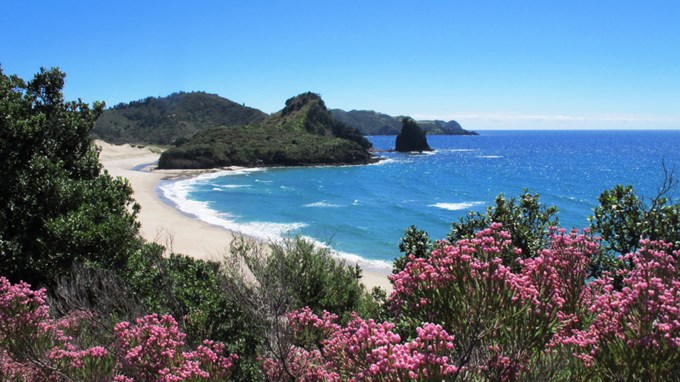A comprehensive marine spatial plan designed to improve and better protect the health of the Hauraki Gulf has been launched.
‘Sea Change – Tai Timu Tai Pari’ has been developed over the last three years by an independent multi-sector Stakeholder Working Group, aided by support from agencies including Waikato Regional Council, Auckland Council, local councils, the Department of Conservation and the Ministry for Primary Industries. Mana whenua were an integral part of the working group and also worked with agencies in providing project oversight.
The pressures
The plan proposes a range of measures to address the increasing pressures on the Hauraki Gulf in recent years.
According to the working group, the pressures on the Hauraki Gulf to date have included depleted fish and kaimoana stocks, smothering of marine life by fine sediments washed off the land, increased pressures from population growth and development, and declining biodiversity.
Jim Quinn, Chief of Strategy at Auckland Council, says the working group has delivered a thoughtful and aspirational vision for the future management of the Hauraki Gulf / Tikapa Moana and the land that surrounds it.
“A collaborative approach over the last three years has resulted in a very future-focused marine plan that is reflective of mana whenua, communities, environmental, rural, fishing, and aquaculture interests. The plan signals many advances that can be made to secure the health of the Gulf for generations to come.”
The recommendations
The plan provides recommendations for tackling the Hauraki Gulf’s challenges, including:
- eventually banning certain commercial fishing methods and reviewing the way fish stocks are managed
- creating 13 new marine protected areas and extending two existing ones to better protect the marine environment and support fish and kaimoana stocks
- creating new local “Ahu Moana” marine areas, to provide for joint mana whenua and community management of local marine areas to support sustainable use of the gulf
- setting limits for sediment and nutrients getting into the marine environment from land-based activities
- suggesting areas for an expansion of environmentally sustainable marine farming.
“All of the agencies involved will now need time to evaluate the plan’s recommendations, with a view to providing an assessment to their respective Ministers and governing body committees in 2017, including opportunities for incorporating recommendations into existing work programmes and statutory planning processes,” says Quinn.
The full text of the Sea Change – Tai Timu Tai Pari marine spatial plan is available at www.seachange.org.nz.


